
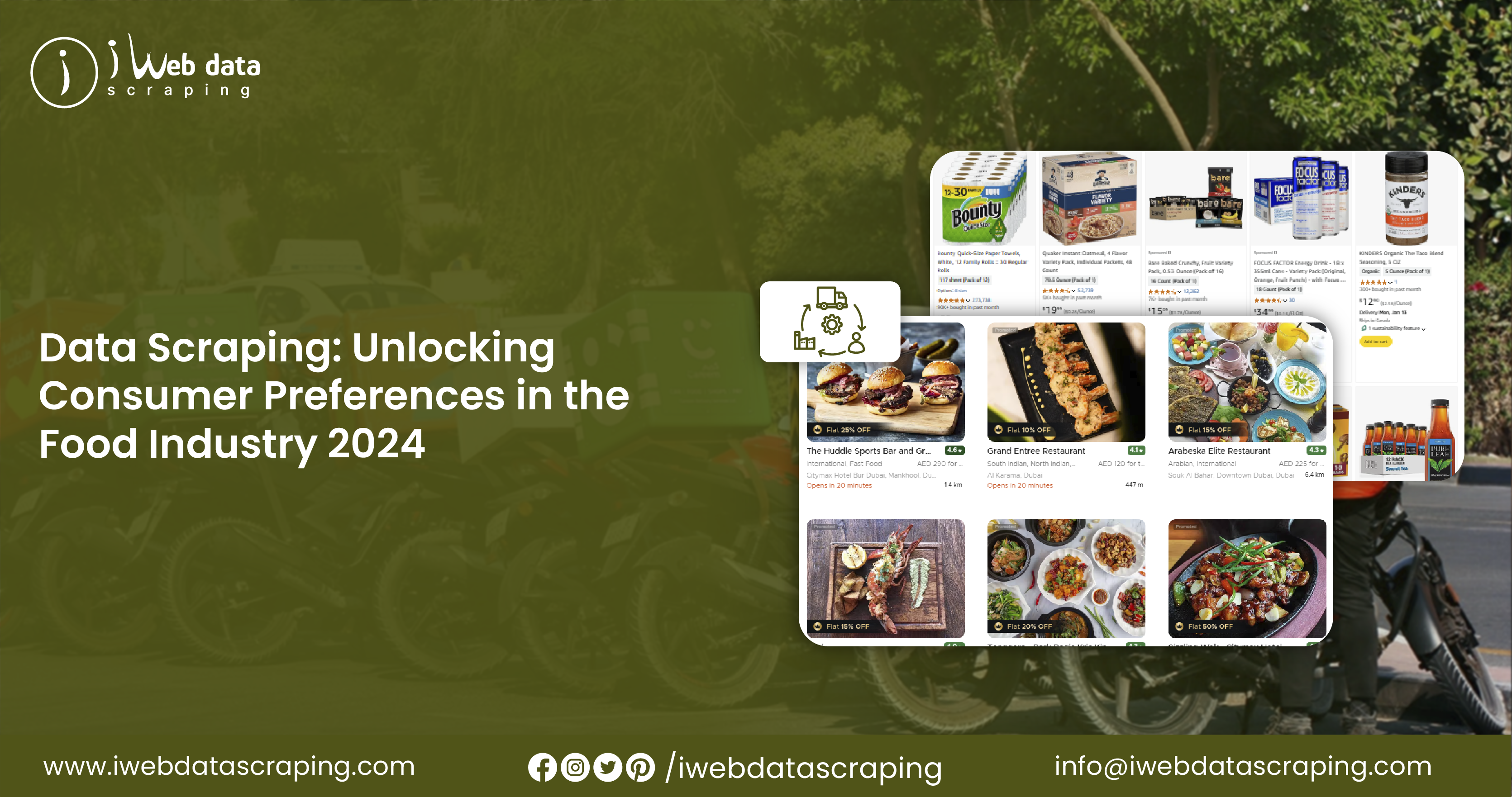
Understanding consumer preferences is critical for maintaining a competitive edge in the fast-changing food industry landscape. Businesses face the challenge of adapting to dynamic market trends and evolving customer expectations, making Data Scraping for Analyzing Consumer Preferences in the Food Industry 2024 an indispensable tool. By leveraging advanced techniques to Extract Food Industry Trends Analysis, companies can gather actionable insights from various online sources, such as e-commerce platforms, social media, and review sites.
These insights enable businesses to make informed, data-driven decisions that cater to their target audience's preferences. Whether tracking emerging dietary trends, monitoring competitor pricing strategies, or optimizing product offerings, data scraping provides a comprehensive market view. In 2024, this technology continues to empower food industry players to stay ahead by understanding and anticipating customer needs, ensuring they deliver products and services that resonate with their consumers.

Consumer preferences play a pivotal role in shaping the food industry landscape, influencing every aspect of the market. From evolving dietary trends to innovative packaging, customer choices dictate the direction of the industry. In 2024, personalization takes center stage as consumers increasingly expect brands to cater to their unique tastes, values, and lifestyles.
The growing demand for plant-based options, eco-friendly packaging, and exotic flavors highlights the need for businesses to stay attuned to these nuanced preferences. By understanding and aligning with these trends, companies can innovate, differentiate their offerings, and create lasting connections with their target audience.
Adapting to these shifts, however, requires timely and accurate insights into consumer behavior. Leveraging advanced tools like data scraping allows businesses to capture real-time preferences from online platforms, enabling them to stay ahead of trends, meet customer expectations, and thrive in an increasingly competitive and dynamic food industry.
Scraping Food Industry Marketing Strategies helps in collecting accurate and timely data on such preferences remains a challenge. Traditional market research methods, such as surveys and focus groups, can be costly and time-consuming. Moreover, these methods often fail to capture real-time shifts in consumer behavior. This is where Personalized Food Industry Experiences through Web Scraping emerge as a game-changer, enabling businesses to extract actionable insights and tailor their offerings to effectively meet ever-evolving consumer demands.
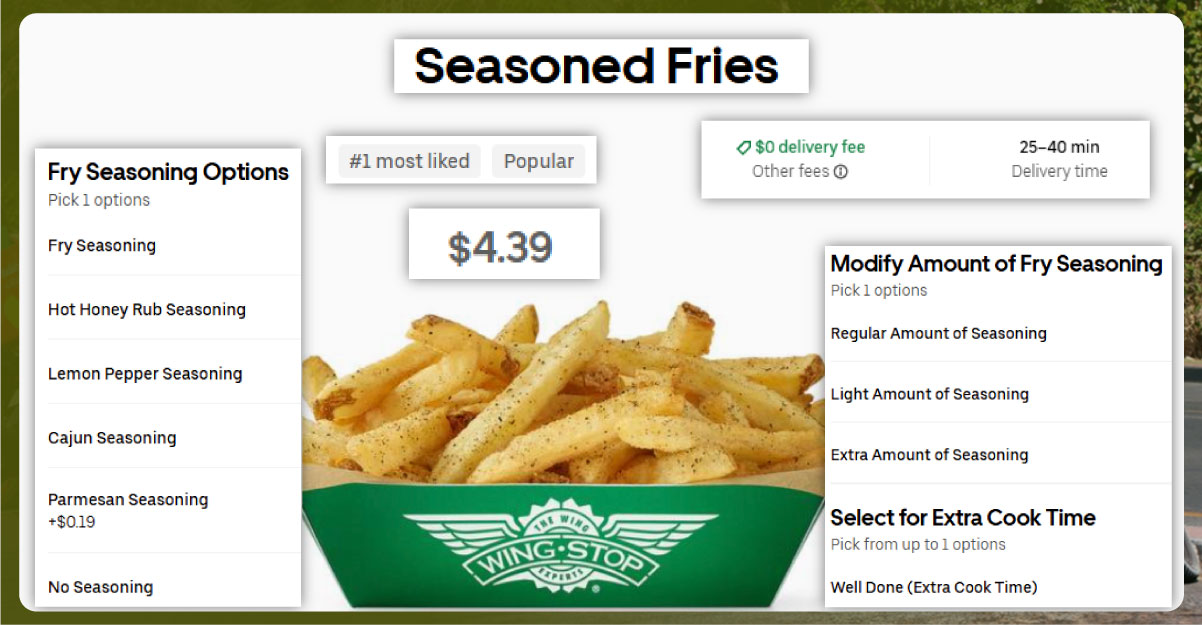
Data scraping involves extracting large volumes of structured information from websites and online platforms. In the food industry, this could mean gathering data from restaurant review sites, social media platforms, e-commerce websites, and even competitors' digital storefronts. By leveraging this technology, businesses can gain deep insights into what consumers buy, like, and demand.
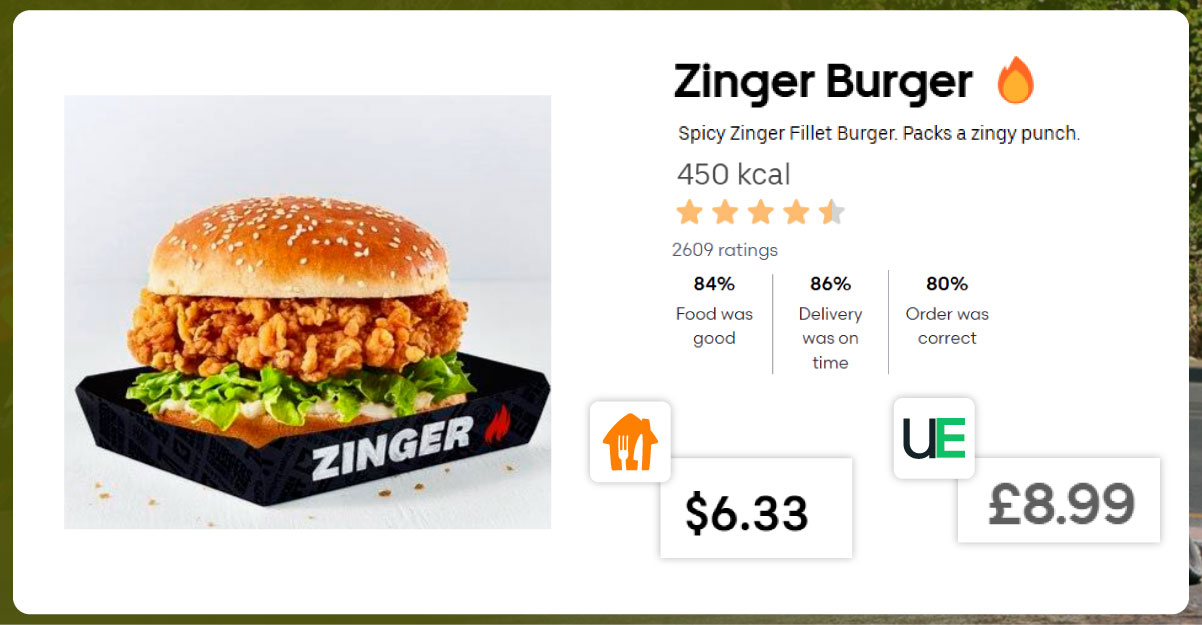
Data Scraping in the Food Industry empowers businesses to extract valuable insights from online platforms. From analyzing consumer trends to optimizing menus and tracking competitor strategies, data scraping enables innovation, personalization, and growth in this dynamic and competitive sector.
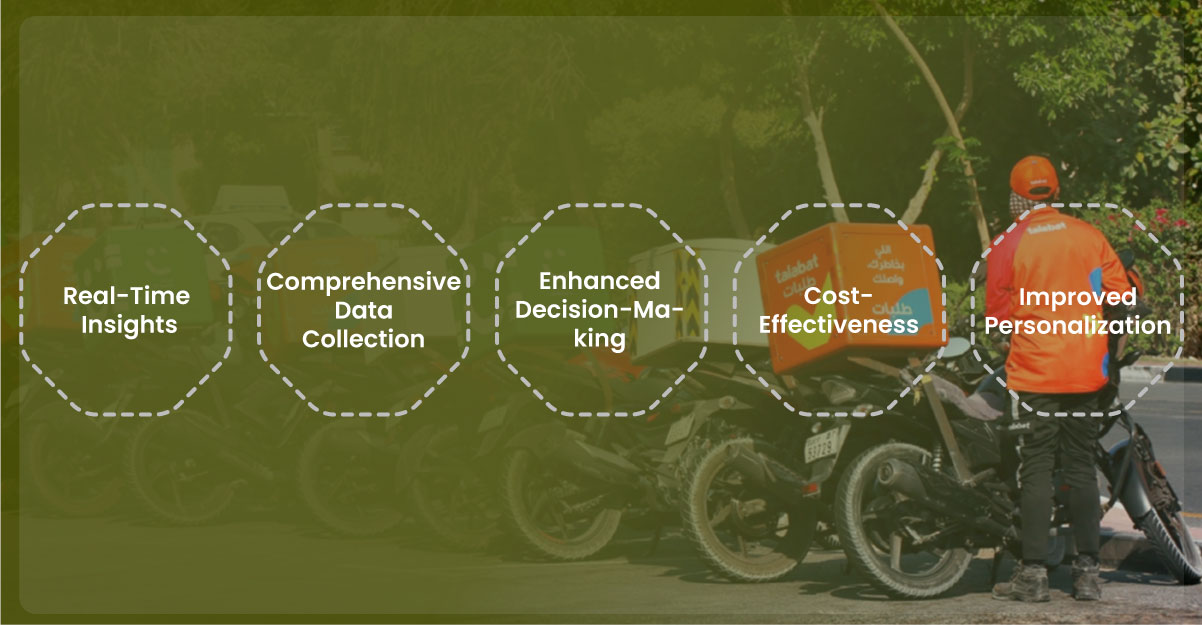
Benefits of data scraping for consumer preference analysis include real-time insights into customer behavior, identifying emerging trends, and optimizing product offerings. By extracting data from various platforms, businesses can make informed decisions to enhance personalization and improve customer satisfaction.
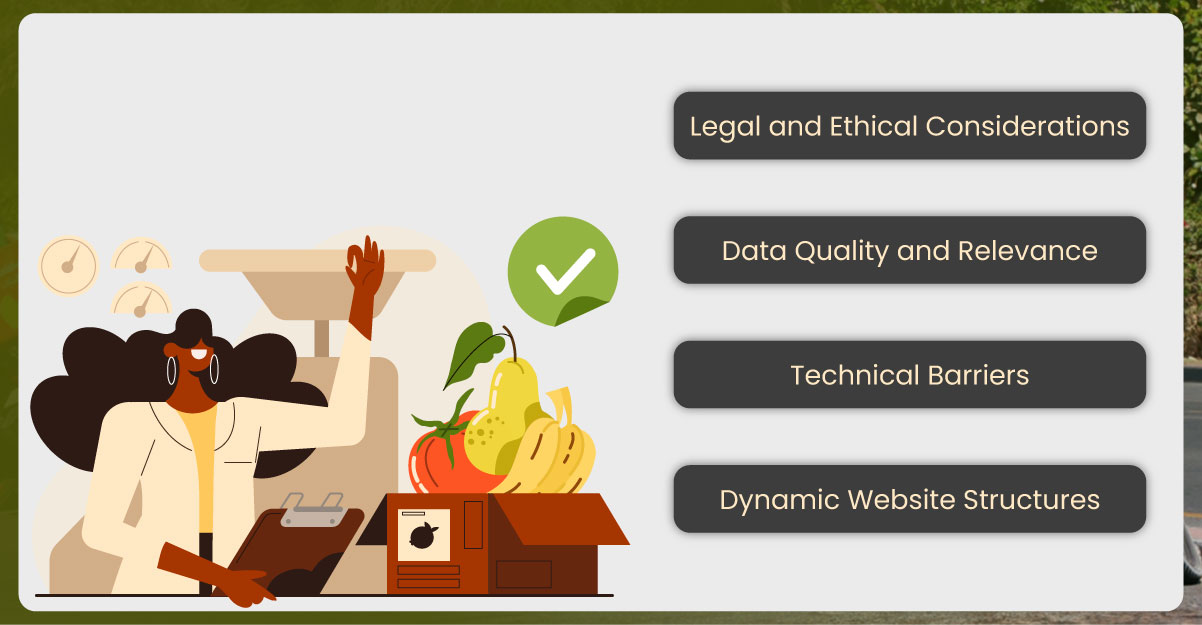
Despite its numerous advantages, data scraping comes with its challenges

In 2024, integrating AI and machine learning has revolutionized data scraping. These technologies enable more intelligent and efficient data collection processes. For instance:
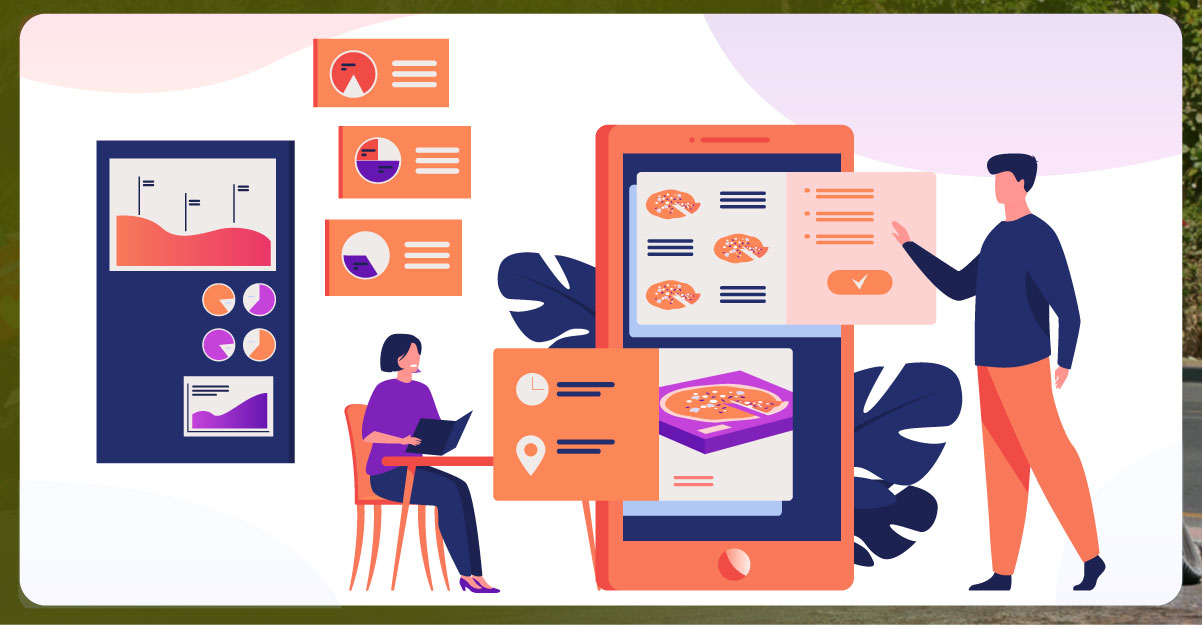
The food industry is fiercely competitive, and staying ahead often means leveraging the latest technologies. Data scraping offers businesses a unique edge by enabling them to anticipate consumer needs and respond proactively.
For example, many food delivery platforms used scraped data during the pandemic to analyze shifting dining preferences. As a result, they optimized their home delivery offerings, contributing to their resilience during challenging times.
Similarly, manufacturers of plant-based foods have used data scraping to identify regions with growing interest in vegan diets, allowing them to target their marketing efforts effectively.

As technology advances, data scraping is poised to become even more sophisticated. Some emerging trends include:
Data scraping has emerged as a cornerstone of consumer preference analysis in the food industry. Its ability to provide real-time, actionable insights makes it an indispensable tool for businesses seeking to stay competitive in 2024.
While challenges such as legal compliance and data quality remain, the benefits far outweigh the drawbacks. By embracing advancements in AI and machine learning, companies can unlock the full potential of data scraping to better understand and cater to their audience.
As consumer expectations continue to evolve, those who harness the power of data scraping will find themselves at the forefront of innovation, delivering products and services that resonate with their target markets. In the fast-paced food industry, such agility and foresight are not just advantageous—they are essential.
Experience top-notch web scraping service and mobile app scraping solutions with iWeb Data Scraping. Our skilled team excels in extracting various data sets, including retail store locations and beyond. Connect with us today to learn how our customized services can address your unique project needs, delivering the highest efficiency and dependability for all your data requirements..